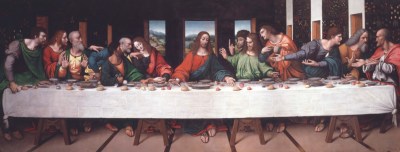Emotional Rollercoaster
This video from the Young Artists’ Summer show is by Frederick, Age 10; Isaac, Age 7; Gabriel, Age 10; Riccardo, Age 6; Carolina, Age 9; Anna, Age 11; Robert, Age 10; Eleanor, Age 10; Samuel, Age 9.
The artists say: “This piece is called ‘Emotional Rollercoaster: a post lockdown movie.’ Every character illustrates a particular emotion - disgust, shame, etc. The names of the contributors and their emotions are in the credits. Enjoy! (Sorry about all the puking, but that’s what the lockdowns did to us…)”










































